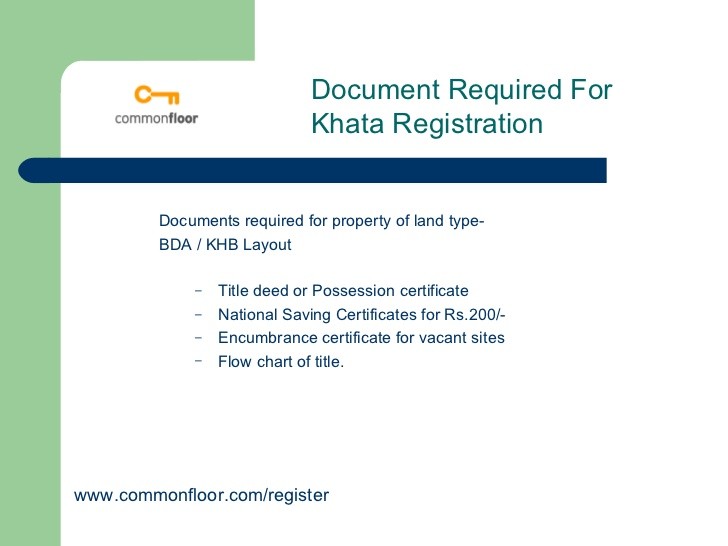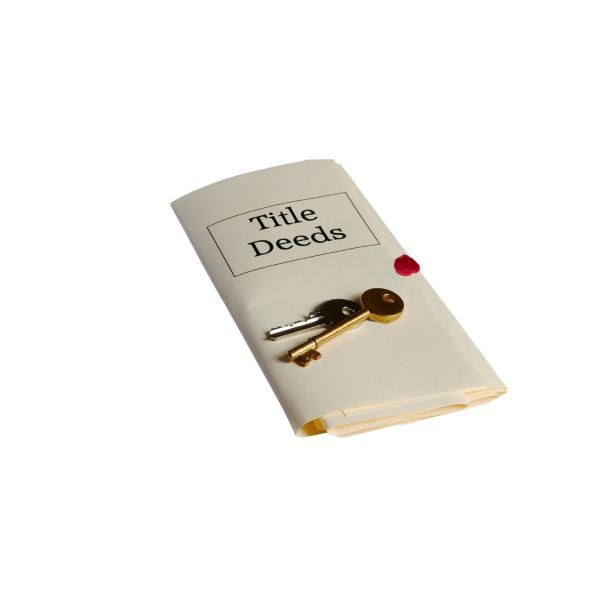Types of Real Estate Encumbrances Explained
Post on: 29 Апрель, 2015 No Comment

Mitchell Funk/ Photographer’s Choice/ Getty Images
Liens are the best known encumbrance.:
Liens are monetary claims against a property to secure an obligation or debt of the property owner. A contractor could place a mechanic’s lien on real estate for the construction of a driveway until the contractor is paid for their work. Liens for unpaid taxes are also common. Mortgages are a lien against a property. Court judgments can also create a lien. In some cases a sale of the property can be forced in order to satisfy lien-holders.
Deed restrictions create limitations on property use and are encumbrances.:
Also known as covenants or conditions, deed restrictions are limitations on how a property is used or on the type of structures that can be placed on a property. These are very common when new subdivisions are developed. The developers and builders place deed restrictions in order to control the uses of the property and maintain standards of construction. Restrictions or covenants that are extremely restrictive can have either positive or negative results in value over time. Tight restrictions to maintain value can so limit use that they also limit the pool of potential buyers.
Licenses are privileges and can be cancelled.:
A license is the right granted to one party to utilize the real property of another and can be terminated at any time. If you allow, verbally or in writing, a neighbor or friend to store a vehicle or boat on your property, you’ve granted them a license. You can cancel that right at any time, unlike an easement.

Easements are the right of someone to utilize the real estate owned by another. There are two main types of easements:
1. Easements in Gross - This type of easement would be utility easements. or the right of an electric utility to place power lines or a gas company to place pipelines on a property. These rights can be sold or transferred.
2. Appurtenant Easements - When two properties with different owners are adjacent to each other and one has rights to use the property of the other, it’s an appurtenant easement. An easement to place a driveway to the public road through the property of another is an example.
Encroachments can create title transfer problems.:
An encroachment example would be the corner of a building on one property actually being across the surveyed boundary line of the adjacent property. Generally, these encroachments are inadvertent, and discovered in a survey done for sale of a property. Rights of the owner of the property that has been encroached upon vary, but could include damages or the ability to force the other owner to remove the encroachment.














